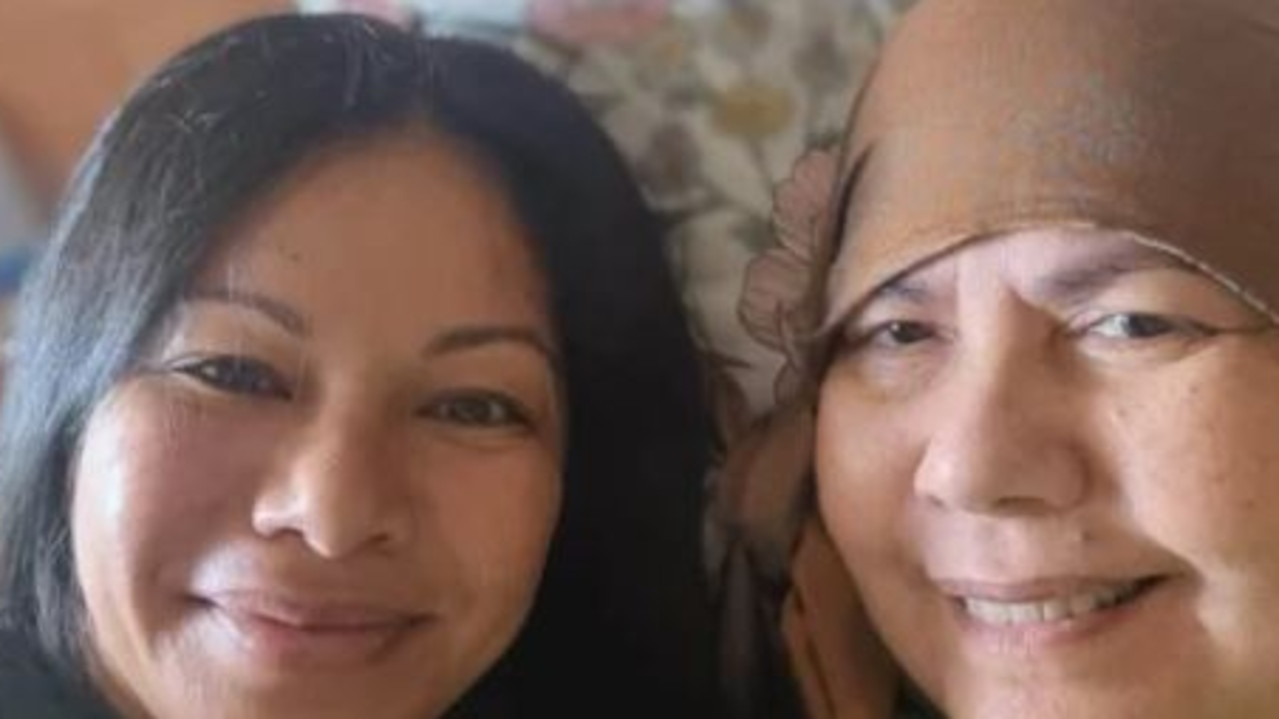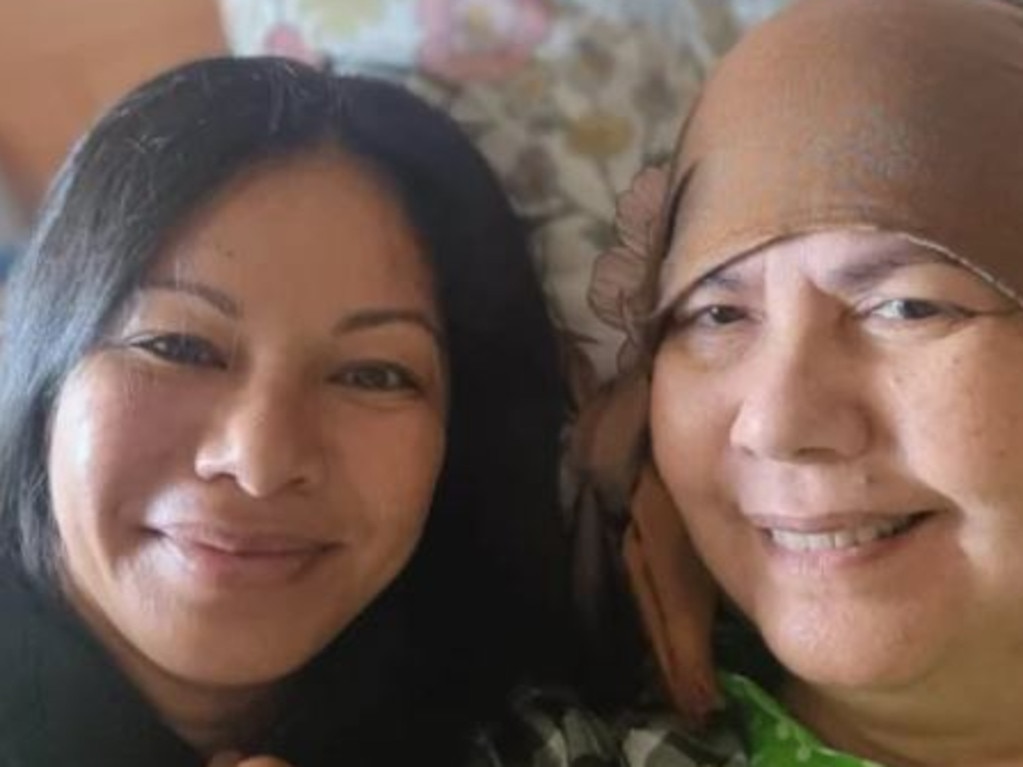Mum diagnosed with terminal cancer after debilitating leg cramp
A mum from Sydney has just days left to live after a leg cramp while driving turned out to be symptom of a rare form of cancer.

A mum from Sydney has just days left to live after a leg cramp while driving turned out to be symptom of a rare form of cancer.
Catherine Kronfeld was driving when she had to pull over due to an unusual feeling in her leg.
After two months of testing, an MRI revealed that Catherine had a terminal case of Glioblastoma, an aggressive form of cancer found in the brain and spinal cord.
Catherine‘s condition quickly deteriorated and she is now bedridden and partially paralysed.
Despite chemotherapy and radiation to prolong her life, she is not expected to survive past January.

Catherine was dancing at her mum’s 90th birthday party two weeks before she experienced her first leg cramp, and showed no signs of any illness at the time.
However, her condition quickly deteriorated, and within a week of being admitted to Concord hospital in Sydney, she began experiencing seizures that affected her leg and arm, leaving her partially paralysed.
Catherine, originally from Samoa, is now bedridden and has lost feeling on the left side of her body.
“They were very clear it was not going to heal her but it’s going to give her that extra quality time,” her devastated daughter Natasha, 36, told Yahoo.
“Although [the therapy] has prolonged her life, she is not expected to live past January.
“If you were to ask anyone who has ever been in mum‘s presence, they would tell you she [someone] you always feel good around. She has the kindest heart and a calming presence, her smile is contagious, and her love for her family and friends is unwavering..
“Even during this challenging time, her primary goal is to ensure her kids, family, and everyone around her are ok.”

Glioblastoma is a type of brain cancer that is considered to be the most aggressive and malignant of all brain tumours.
Glioblastomas can form in any part of the brain, but they most commonly occur in the cerebral hemispheres, which are the largest parts of the brain.
Research is being done to try and improve the treatment of glioblastoma, including the use of immunotherapy, which is designed to help the immune system fight cancer cells, and the use of targeted therapies, which are designed to target specific molecules involved in the growth and spread of the tumour.



